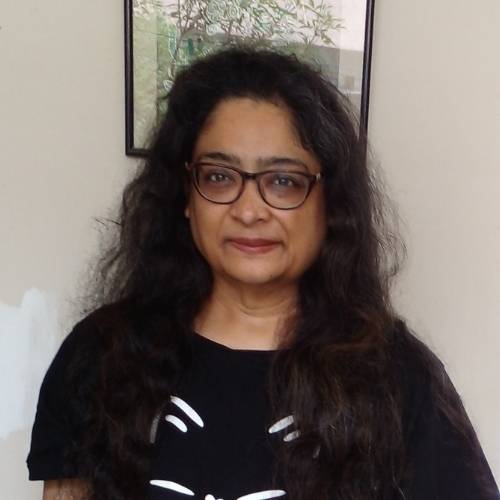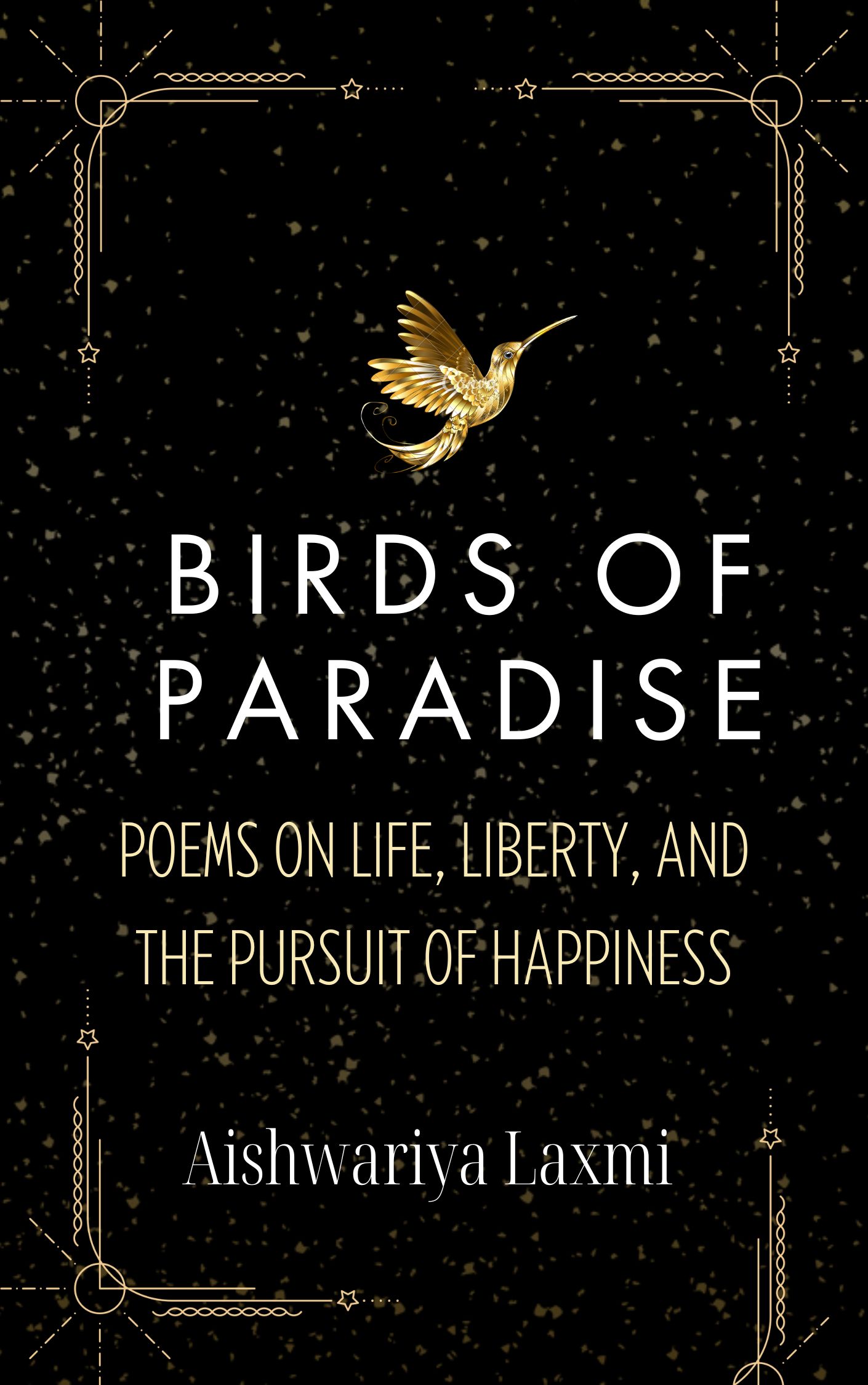Book Review by K.S.Loganathan
Suresh Kumar is a New Jersey based Keralite entrepreneur and startup mentor whose first book, ‘Girl in Scarlet Hijab’ , is a historical fiction set in Kerala of the 1980s. He wrote the book as an ode to all the revolutionaries who achieved success but spurned offices of profit. In the book, he cites real events and important political figures alongside imaginary situations ,in which his family members and friends play a part and it includes ,in particular ,a girl – with ” her head covering and focused demeanor” standing in line to meet a celebrity writer – who had fascinated him and inspired the story.
The main characters are the Malayali associates of Jayaprakash Narayan in the Indian freedom struggle -T.K.Karunakaran ,Vasudev Panicker and U.A.Velayudhan- who are votaries of socialism, and their families. They are keen to root out corruption, break the stranglehold of the right and left parties on Kerala politics and reinvigorate Kerala’s socialist movement. The key members- Murali, Shibu ,Rukshana and Geethanjali- are office bearers of the ‘Young Democratic Socialists of Kerala” political movement.

T.K.Karunakaran, the chief guest at the party’s annual conclave is shot at and critically wounded by a hired assassin who is instantly killed . As Karunakaran slips into a coma in hospital, student demonstrations break out in the streets, roadblocks are created to stop traffic and buses set on fire. How the new revolutionaries avoid the lure of office while remaining true to Jayaprakash Narayan’s ideals forms the rest of the story.
Rukshana Mirza had relocated from Abu Dhabi to Kochi to study political science. According to her grandmother’s last wishes, she wears a scarlet- colored hijab loosely , the color being associated with strength, passion and love which brightens her identity and creates a space without breaking tradition. She loves Murali and moves closer to his family as she participates in rallies and hospital visits even as she confronts the ghosts of her past, something that is not foreshadowed in the book.
My Views
The book is an ode to all the revolutionaries who are steadfast in the pursuit of their ideals ; as the author was a student political leader in college, it is perhaps a reminder of ” the road not taken” when he left his native shores. While key historical events are touched upon, the omission of the Bihar Student Movement of 1974, also known as the JP movement , which focused on corruption, nepotism, and socialist reforms ( much like the Kochi 1981 one in the book) is surprising ; that movement culminated in the National Emergency, which is mentioned. As a first attempt in writing a novel ,it is commendable, but there are a few shortcomings which are not uncommon with new writers.
For much of the book, information is spoon-fed to the reader by way of dialogue, notes and thoughts of the main characters ; superfluous sentences abound which say something the reader can figure out for themselves. Some episodes in the remote past are described in minute detail unnecessarily. The dialogues in the first half of the book are stilted, as if drawn from press releases. The beauty of Malayalam is in the dialect which is usually hard to capture in English. Perhaps the dialogues should have been first expressed in Malayalam and then translated into English . Sometimes the language used in the book is contemporary and not of the time ( e.g using “a call to action” for civil disturbance, whereas the term would be ” direct action” or “agitation” in the old days).Nevertheless it is evident that the author has put in a lot of effort in earnest and he has acknowledged the help of a number of people in bringing out this book.












2 Responses
A perceptive review.
Thank you. Will convey to my dad.